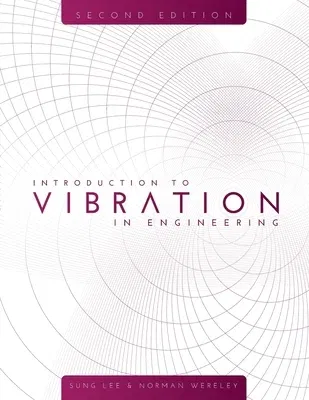Introduction to Vibration in Engineering is a concisely written text
that helps students master the fundamentals of vibration. Students learn
how to construct equations of motion using the energy approach, as well
as the Newton's second law, and how to use analytical and computational
tools for vibration analysis.
Clear and concise, the book covers free and forced vibration response,
steady state responses of single degree of freedom systems, and the
multi-degrees of freedom systems. Other topics include dynamic stability
as well as aeroelasticity, vibration absorber, and finite element
modeling. Each chapter features problem sets that allow students to
immediately apply what they have learned.
The second edition features a new chapter on modal and input force
identification, which explores time domain methods as ways to extract
data in practical cases. Incorporating student feedback, this edition
also includes increased explanation of convolution integral and
first-order representation.
Designed for undergraduate seniors and first-year graduate students,
Introduction to Vibration in Engineering is written for one-semester
courses in aerospace and mechanical engineering and requires
sophomore-level mathematics ability, including elementary linear
algebra.
Sung Lee received his Ph.D. in aeronautics and astronautics at the
Massachusetts Institute of Technology. He is a professor in the
Department of Aerospace Engineering at the University of Maryland,
College Park, where he teaches courses in vibration and aeroelasticity,
computational structural mechanics, and nonlinear finite element
analysis.
Norman Wereley earned his Ph.D. in aeronautics and astronautics at
the Massachusetts Institute of Technology. He is the Minta Martin
Professor and chair of the Department of Aerospace Engineering at the
University of Maryland, College Park. Dr. Wereley holds numerous patents
and is the editor of the Journal of Intelligent Material Systems and
Structures.

